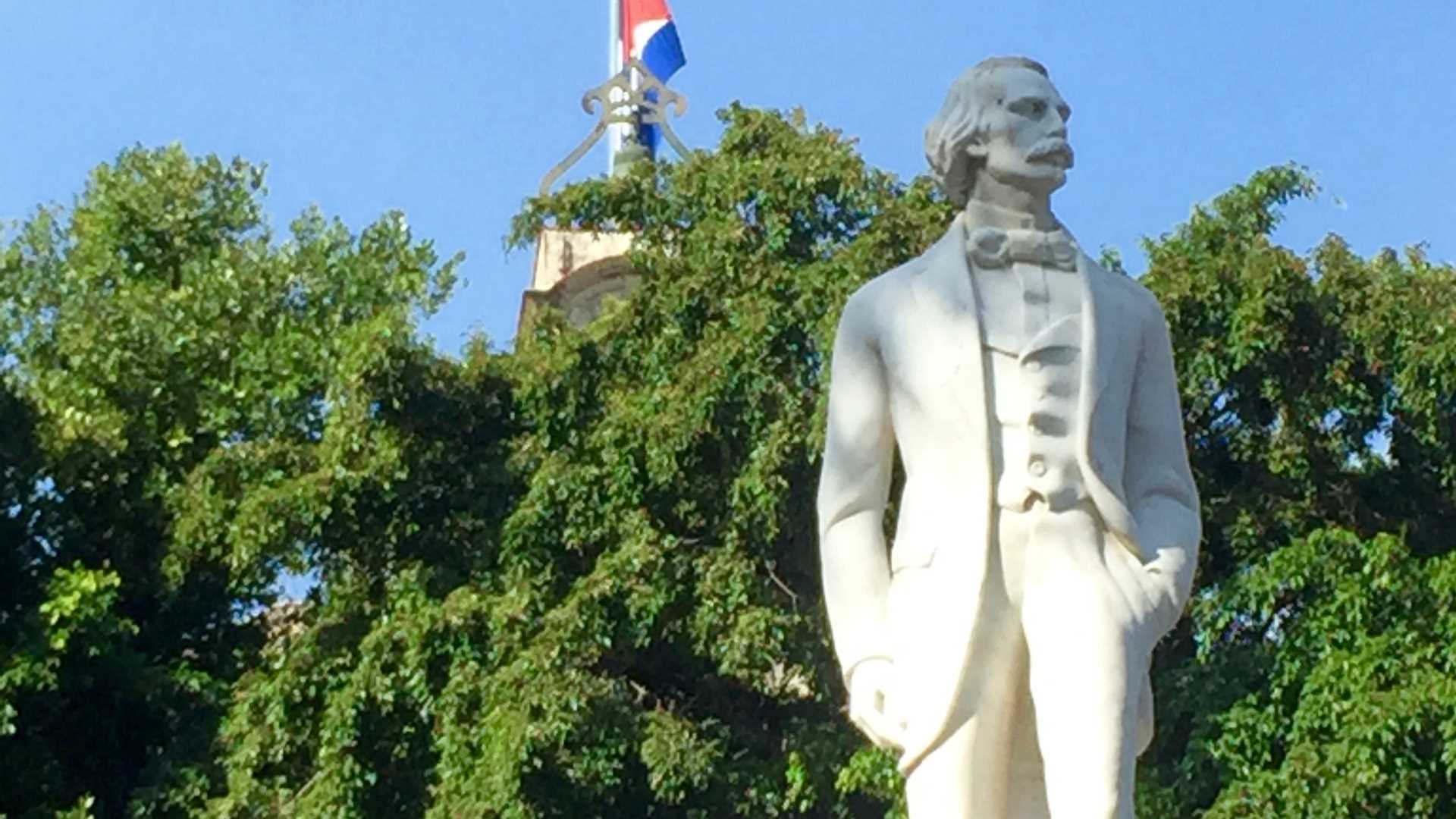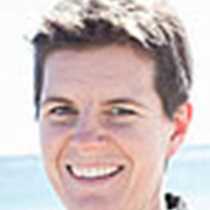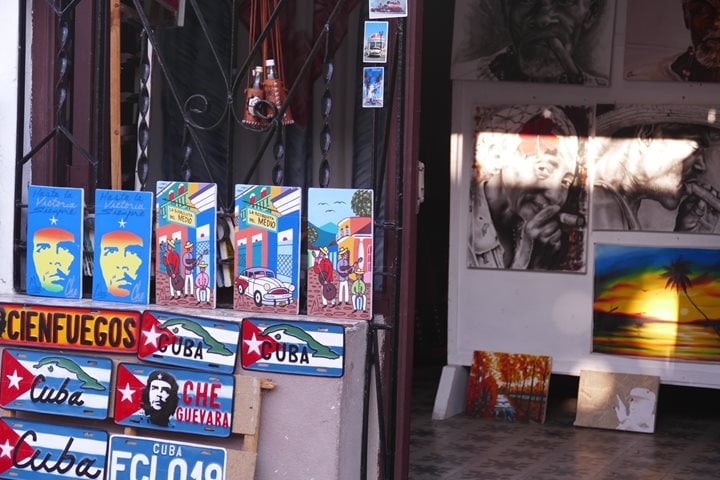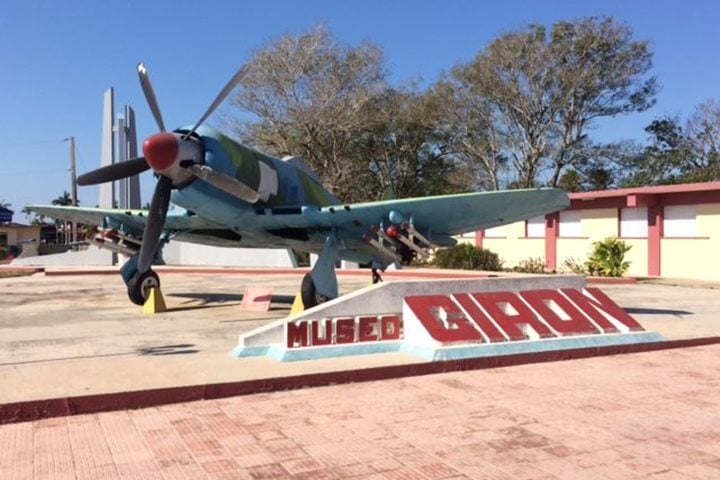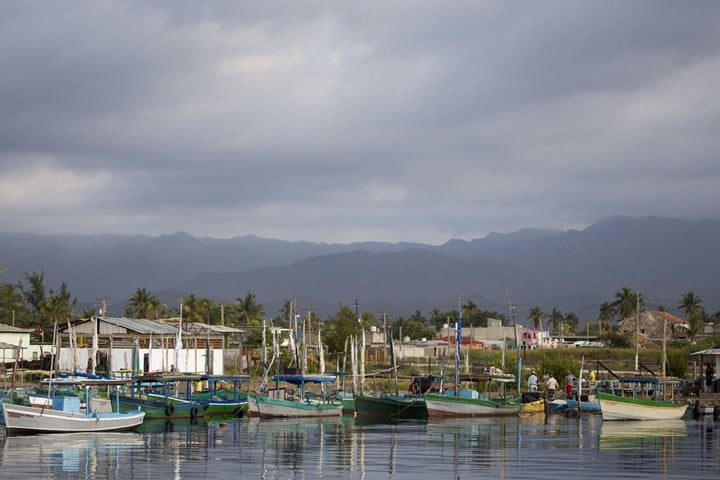The DER below is from the expedition to Cuba that began on March 1, 2017.
Our first full day in Havana offered a more nuanced glimpse into the city’s history, geography and personality. Long an important regional center, Havana was founded in 1519 due to its large and protected harbor as well as prime location at the junction of Atlantic, Caribbean and Gulf of Mexico maritime routes. As the largest population center in Cuba, it continues to draw people because of port activities and opportunities.
Over the course of the morning, we traversed the Old Havana district, taking in four significant plazas, wandering cobblestone streets, and visiting art galleries and shops. Throughout, Cuban limestone buildings in a variety of styles held a powerful presence, from colonial-era churches to the first American embassy to former homes of affluent families showcasing French and Spanish architectural details. As we passed former aqueducts, the city’s oldest café, statues of key figures, and monuments to important events, our guides’ stories helped broaden our understanding of the island’s history. Around every corner the sights, smells and sounds of the city made a bright, colorful and positive impression.
This afternoon some of our group visited Ernest Hemingway’s estate, Finca Vigia, located outside of the city center. Others had the chance to meet with a cigar roller, learning about the processes of tobacco cultivation, harvest and drying, and leaf selection in specific combinations to yield cigars of distinctive flavor and smell. Those inclined could take home a cigar rolled during our very visit.
A pre-dinner talk by architect and urban designer Pedro Vasquez connected the dots on all that we’ve seen today. From a city planner and local resident’s perspective, he explained why development has occurred in different directions from the port over various time periods, and highlighted the blending of diverse building styles and international influences on Havana architecture. Finally, he shared insights on present-day housing policy, real estate challenges, and building restoration efforts, while linking them to the locations we visited on our morning walking tour.

